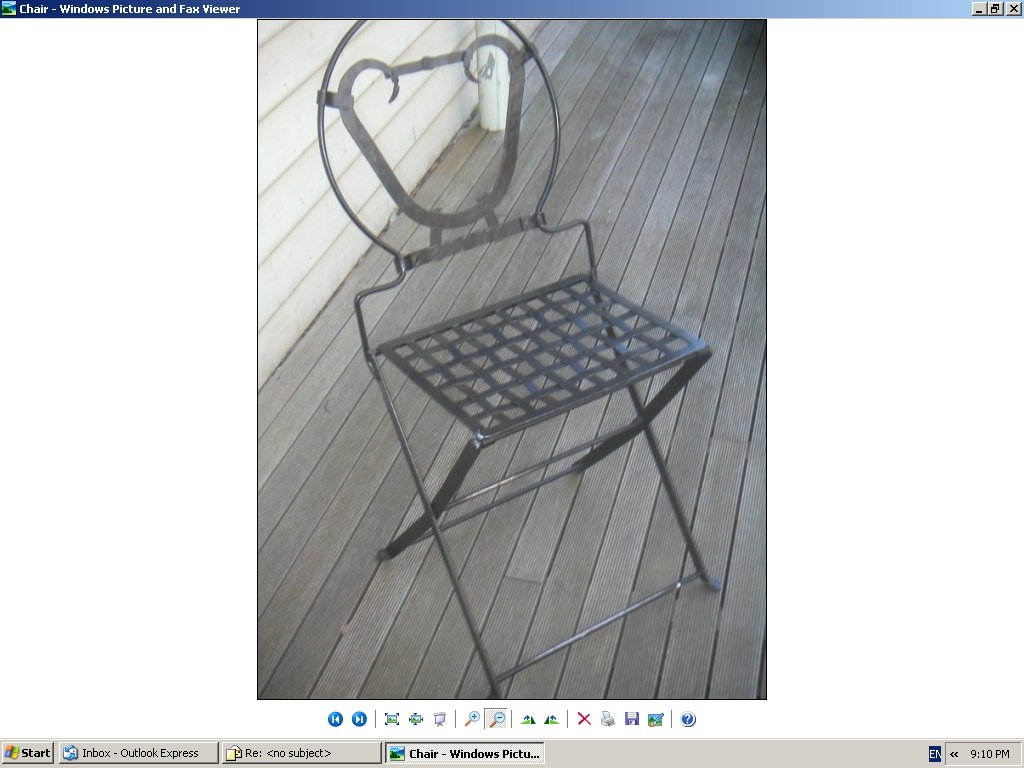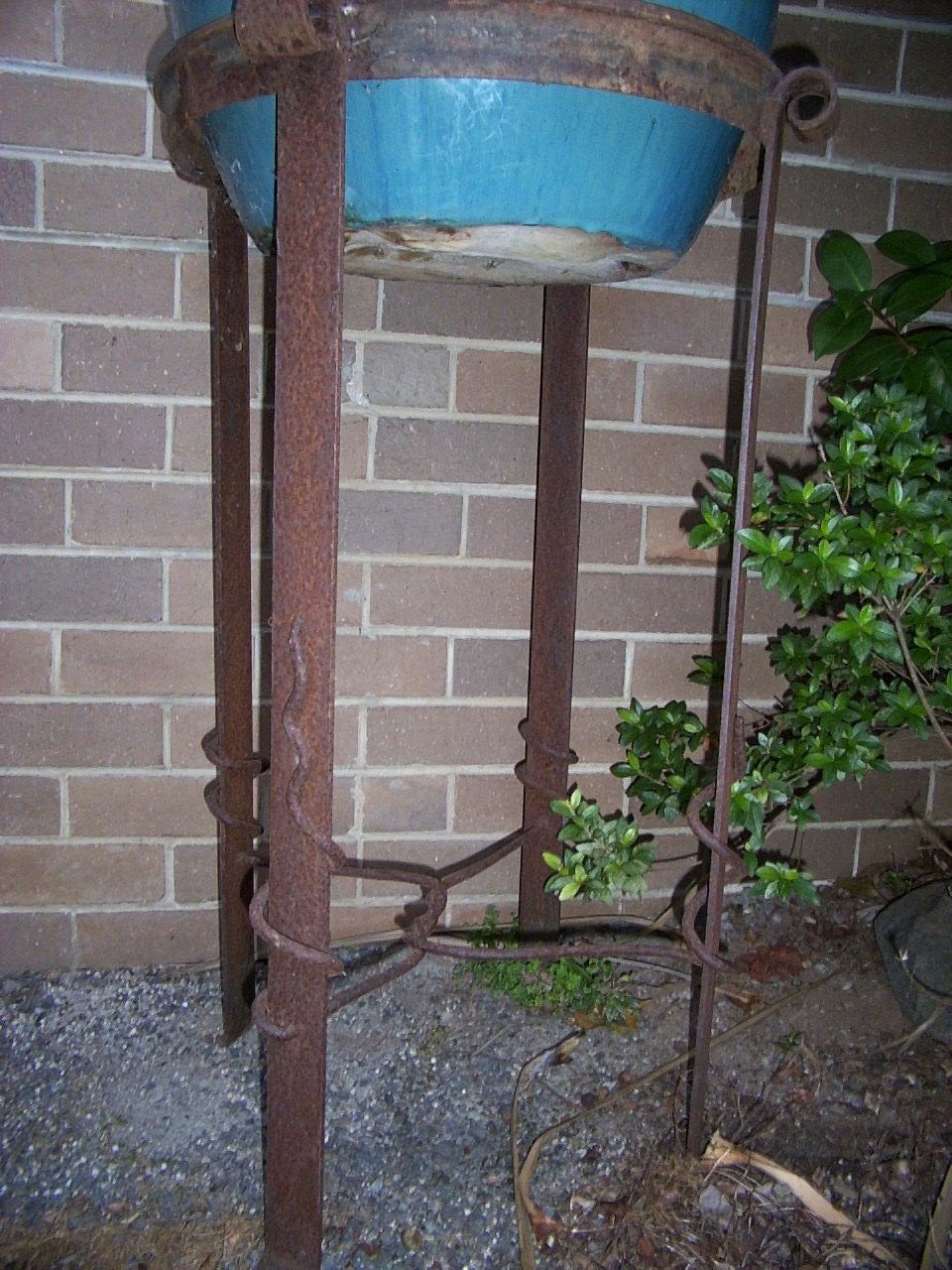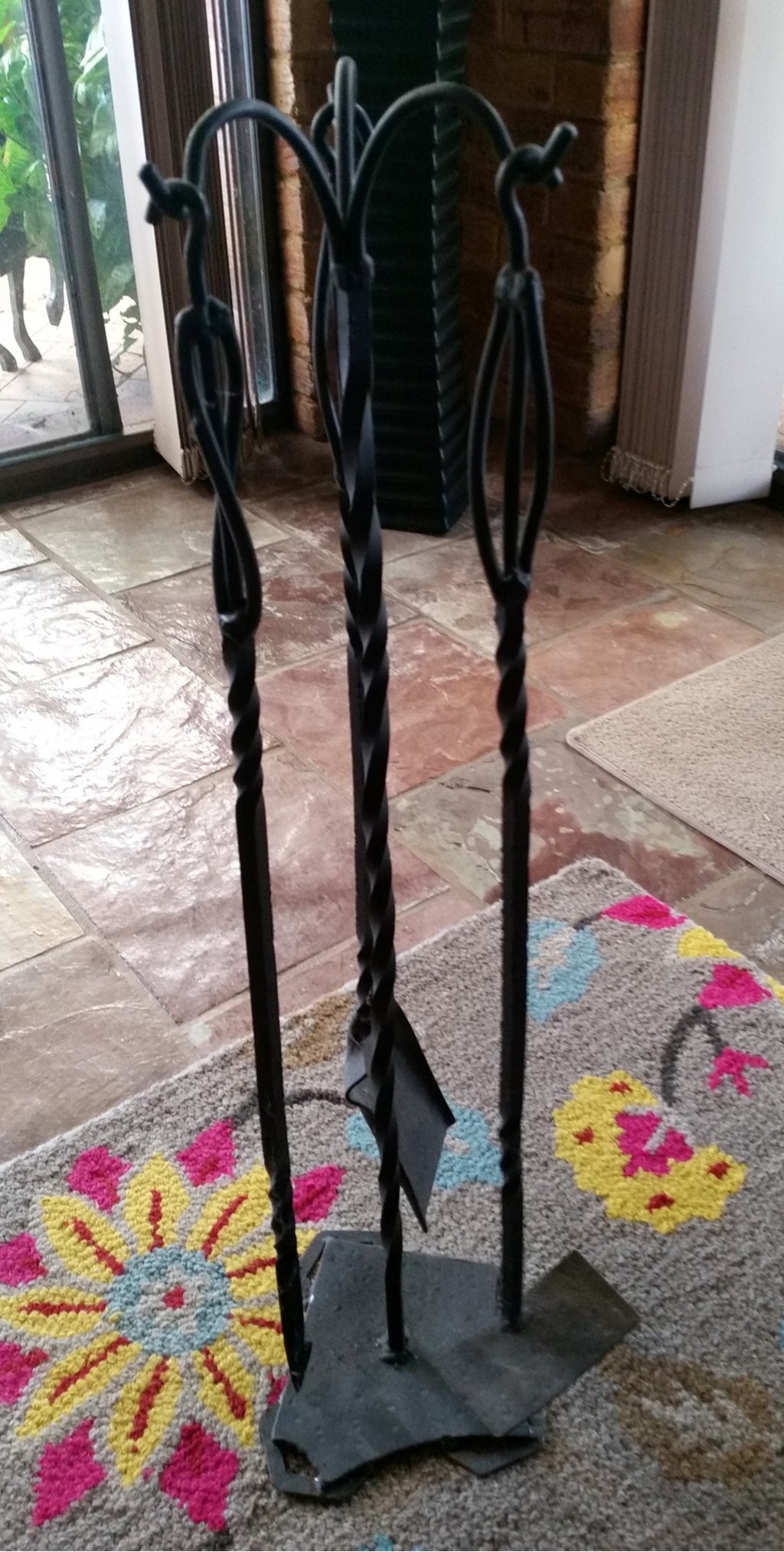Nightjar said:Seeing a blacksmith at work on a forge is amazing how they can join two pieces of steel together and finished on the anvil so that when it cools you can not see a join.
Unfortunately some of the skills of the early tradesmen have been lost with their passing.
It is a throw away world now and very little is repaired.
Picked up a VW beetle that had been rolled years ago for zilch, was going to make it into a beach buggy until a new panel beater/painter neighbour moved in across the street.
Over a few get to know one another beers he saw the Beetle and asked what I was going to do with it?
When I told him he said, "You rebuild my Mini Cooper engine (parts supplied) and I'll have your battered VW looking like new." Which he did.
Win win!
Yes nightjar
sadly some of the skills of the early tradesman have been lost, but the skill of forge welding is still there mate, just hidden from public view ,hopefully some of the young ones will take up blacksmithing as a hobby and learn the skills .......maybe :Y:







